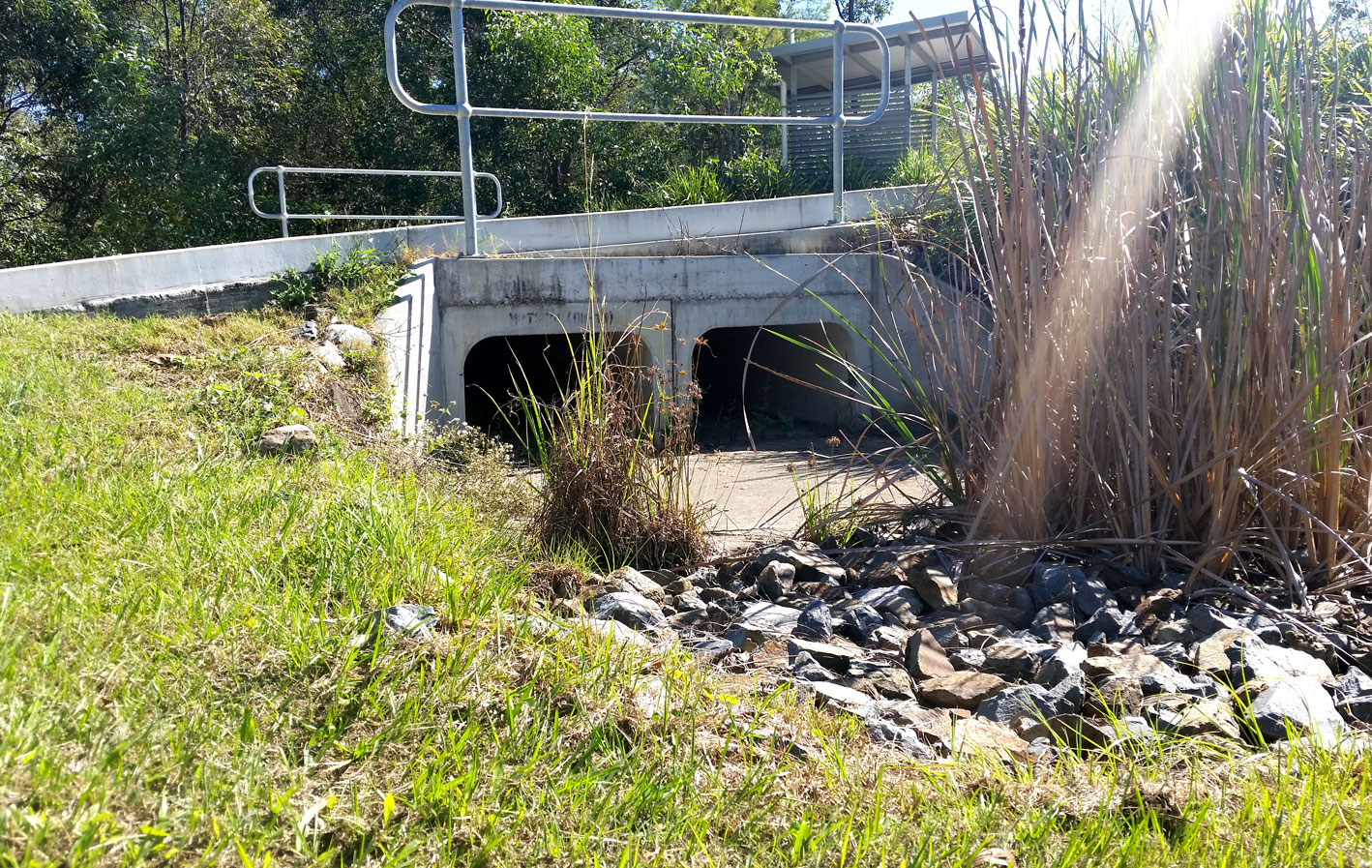New tool for urban water mass balance assessments
Managers of urban area and urban water systems are investigating water sensitive urban design (WSUD) and water servicing options to mitigate the effects of urbanisation on natural hydrological flows, increase water efficiency, and improve resilience to droughts and floods.
They increasingly need to know the current performance of urban areas in relation to these objectives, what the desired water performance should be, and the extent to which various interventions can influence that performance.
Understanding and managing water sensitive performance requires quantifying all the water flows associated with an urban area. To achieve this, the CRCWSC has just released the Site-scale Urban Water Mass Balance Assessment (SUWMBA) Tool.
The SUWMBA Tool allows practitioners to perform an urban water mass balance assessment, which is a comprehensive account of all water flows in both the natural and anthropogenic water cycles (rainfall, evapotranspiration, stormwater runoff, imported water, decentralised water, wastewater, etc.). The water flows are estimated as annual volumes using daily time-step calculations.

The tool provides a snapshot of all flows into, out of, and through an urban area, from which performance indicators can be derived. In particular, the tool implements an urban water mass balance of a three-dimensional space/volume for all flows of water and water stored within that volume (e.g. in soil and rainwater tanks).
Typically, the vertical boundary of this system is from the top of roofs/tree canopy to a depth of 1 metre below the land surface. In the tool, the ‘space/volume’ assessed is referred to as the ‘urban entity’. In assessing urban water mass balance, the sum of all inputs equals the sum of all outputs accounting for change of water stored within the entity. We use the mass balance approach to evaluate how the design of the urban entity influences all flows of water.
The SUWMBA Tool is developed in Visual Basic for Microsoft Excel (Excel-VBA). It performs four main steps:
- Defines the urban entity to be assessed
- Inputs parameters needed to estimate urban water flows (environmental context, areas of constituent land use or surfaces, water harvesting, and water uses)
- Compiles the urban water mass balance
- Generates water sensitive performance indicators.
Practitioners input to the tool:
- site information (e.g. population, number of dwellings)
- environmental context (e.g. location, timeframe of analysis)
- zones within the area (e.g. land cover areas and their characteristics)
- usages of alternative water sources (rainwater harvesting, purple pipe etc.)
- water demand and use (indoor and outdoor water characteristics etc.)
- hydrological model settings.
The tool outputs an annual urban water mass balance for the assessed urban entity, and a set of quantified water sensitive performance indicators derived from the urban water mass balance data.
The tool can be used as a component of our Infill Performance Evaluation Framework.